Key Highlights
- UP targets $6 trillion economy by 2047 with ₹26 lakh per capita income, requiring sustained 16% annual growth over 22 years
- Three Shakti Model encompasses economic transformation (Arth), innovation-education (Srijan), and health-welfare (Jeevan) as integrated development pillars
- 99% Smart Cities Mission completion with ₹20,832 crore utilization across 883 projects, plus 57 new smart municipalities with ₹40,000 crore investment
- Educational enrollment surge of 40+ lakh students and RTE beneficiaries growth from 22,000 to 4.3 lakh demonstrates human capital development focus
- Urbanization acceleration targeting 35% by 2030 from current 22.28% through comprehensive smart city development and digital governance integration
As India embarks on its transformative journey toward becoming a Viksit Bharat by 2047, Uttar Pradesh has unveiled an ambitious blueprint that could fundamentally reshape the nation’s economic landscape. The state’s “Three Shakti Model” represents the most comprehensive development framework ever conceived by India’s most populous state, targeting a staggering $6 trillion economy and ₹26 lakh per capita income by 2047. With 25 crore citizens representing 17% of India’s population, UP’s success is intrinsically linked to the nation’s development aspirations, making this model not just a state initiative but a cornerstone of India’s Amrit Kaal vision. ddnews.gov
The Architectural Framework: Three Pillars of Transformation
Arth Shakti: Building Economic Powerhouse
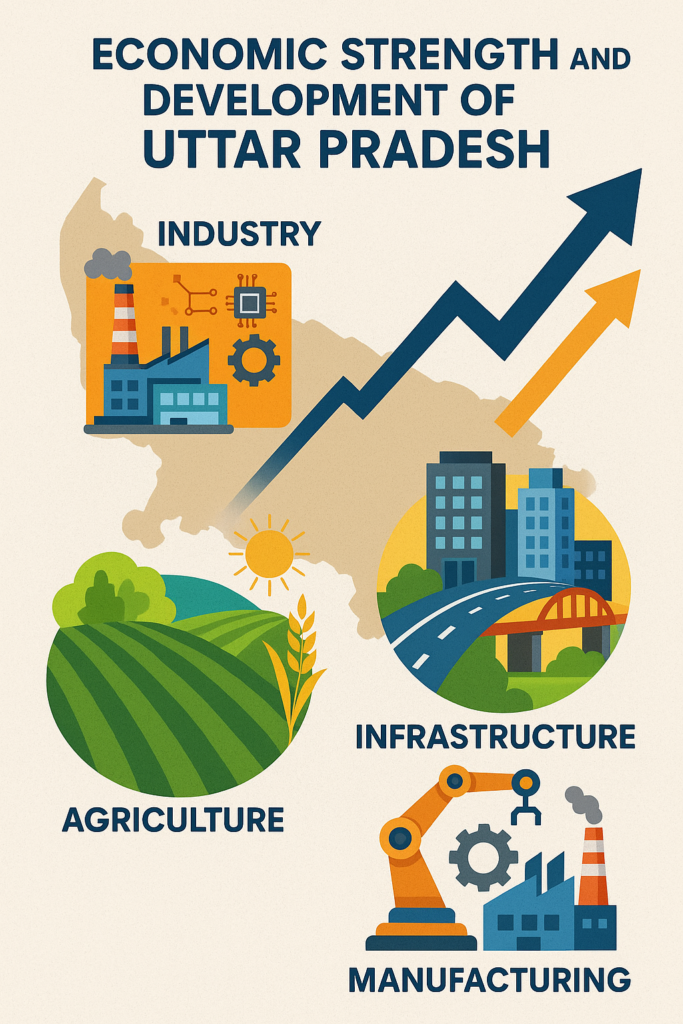
Arth Shakti (Economic Strength) forms the foundational pillar of UP’s development strategy, targeting unprecedented economic transformation across multiple sectors. The state’s economic trajectory shows remarkable momentum, with GSDP growing at 15.7% average from 2021-22 to 2023-24, recovering strongly from pandemic setbacks. phdcci
Current Economic Baseline:
- GSDP: $353 billion in 2025, targeting $1 trillion by 2030
- Economic composition: 46.5% services, 27% agriculture, 26.5% industry
- Growth trajectory: 9.6% average growth between 2017-18 and 2019-20
- National contribution: Increasing from 9.3% to 16% of India’s GDP
Sectoral Development Priorities:
- Manufacturing hub expansion: Electronics, textiles, automobiles, leather, food processing
- Infrastructure acceleration: Expressways, airports, industrial corridors
- MSME strengthening: Supporting small-scale enterprises as growth engines
- Investment promotion: Attracting domestic and international investors
Agricultural Transformation:
Despite employing two-thirds of the workforce, agriculture contributes 27% to GSDP. The government has introduced:
- Improved irrigation systems and advanced crop varieties
- Farmer training programs boosting productivity and incomes
- Value chain integration connecting farmers to markets directly
- Technology adoption for precision agriculture
Srijan Shakti: Innovation and Knowledge Economy
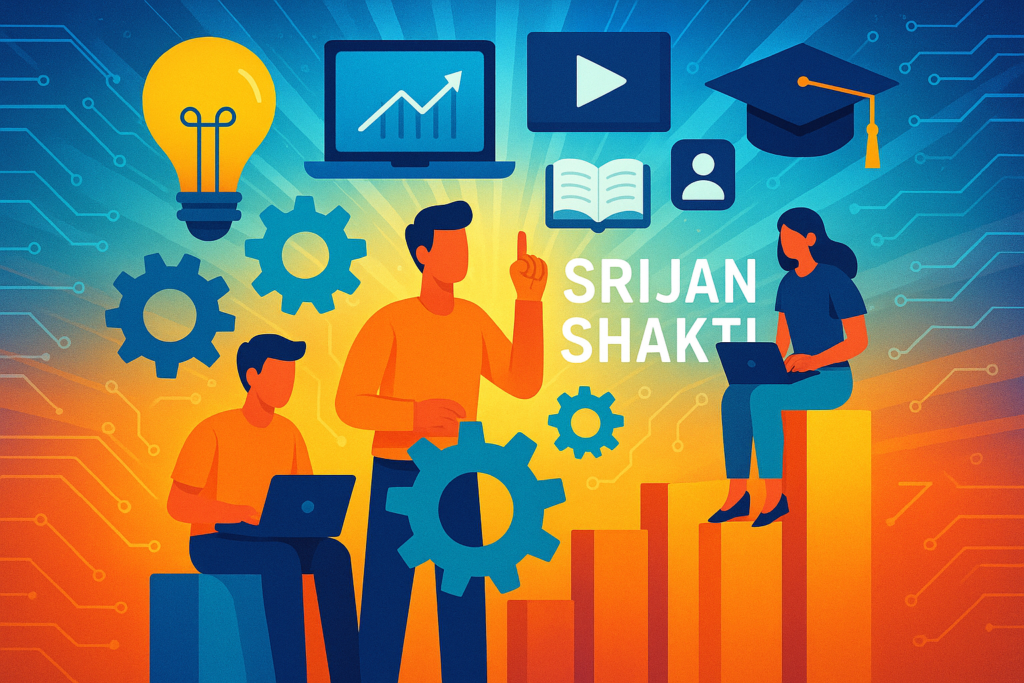
Srijan Shakti (Innovation & Education) focuses on transforming UP into a technology and innovation hub in North India, addressing the critical need for human capital development. government.economictimes
Educational Revolution Achievements:
- 40+ lakh students enrolled through School Chalo Abhiyan and Sharda programs
- RTE beneficiaries increased from 22,000 to 4.3 lakh with ₹638 crore in fee reimbursements
- Operation Kayakalp: Introduced 19 essential facilities in primary and upper primary schools
- Atal Residential Schools: Quality education for underprivileged children across 18 divisions
Technology Infrastructure Development:
- IT parks establishment across major cities
- Electronics manufacturing clusters leveraging PLI schemes
- Startup incubation centers fostering entrepreneurship
- Skill development programs aligned with Industry 4.0 requirements
Innovation Ecosystem Building:
- R&D centers in collaboration with premier institutions
- Digital education platforms reaching remote areas
- Technology transfer mechanisms from academia to industry
- Innovation challenges solving local problems through technology
Jeevan Shakti: Human Development and Social Welfare
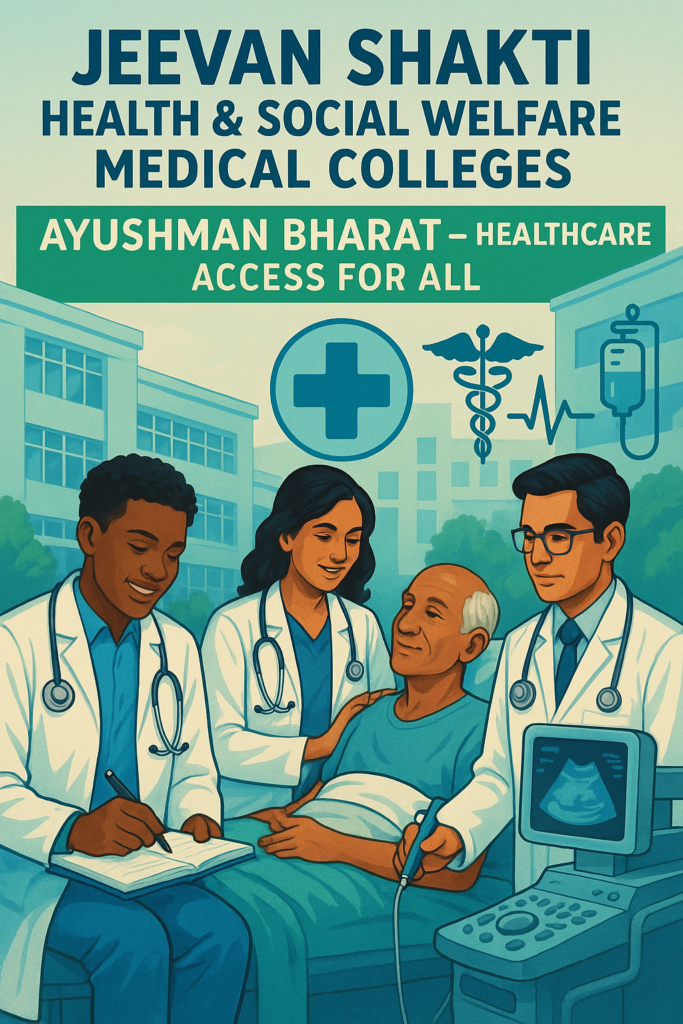
Jeevan Shakti (Health & Social Welfare) aims to improve Human Development Index (HDI), literacy rates, and overall quality of life for UP’s massive population.
Healthcare Infrastructure Expansion:
- Medical colleges proliferation increasing healthcare accessibility
- Health center upgrades at primary, secondary, and tertiary levels
- Ayushman Bharat implementation providing health coverage to vulnerable populations
- Jan Aushadhi Kendras ensuring affordable medication access
Social Welfare Initiatives:
- Women empowerment programs focusing on economic participation
- Child nutrition schemes addressing malnutrition challenges
- Elderly care systems supporting aging population needs
- Social security coverage for unorganized sector workers
Urban Transformation: Smart Cities and Digital Governance
Massive Urbanization Drive
UP’s urbanization strategy represents one of India’s most ambitious urban transformation programs, targeting 35% urbanization by 2030 from the current 22.28%.
Smart Cities Mission Progress:
- 10 selected smart cities: Agra, Aligarh, Bareilly, Jhansi, Kanpur, Lucknow, Moradabad, Prayagraj, Saharanpur, Varanasi
- 893 projects worth ₹21,156 crore: 883 completed (99% completion rate)
- Fund utilization: ₹20,832 crore successfully deployed
Digital Municipality Transformation:
- 57 municipalities being transformed into smart cities with ₹40,000 crore investment
- ₹145 crore initial funding sanctioned for immediate implementation
- Advanced technologies integration: CCTV surveillance, AI-driven civic services, chatbot-based citizen interaction
Smart Infrastructure Features:
- Command and control centers for integrated city management
- Digital governance systems ensuring transparency and efficiency
- Smart parking, traffic management, and digital lighting systems
- Environmental monitoring for air, water, and noise pollution control
National Alignment and Policy Integration
Viksit Bharat 2047 Synchronization
UP’s Three Shakti Model aligns seamlessly with national development frameworks, positioning the state as a crucial contributor to India’s $30 trillion economy target with $18,000-20,000 per capita income by 2047.
National Policy Integration:
- PM Gati Shakti Masterplan: Comprehensive infrastructure connectivity
- Digital India Mission: Technology-driven governance and service delivery
- Startup India Initiative: Innovation ecosystem development
- National Education Policy 2020: Holistic educational transformation
5T Principle Implementation:
Based on PM Modi’s framework of Trade, Tourism, Technology, Tradition, and Talent, UP’s model systematically addresses each dimension:
- Trade: Industrial corridors and export promotion
- Tourism: Cultural heritage and religious tourism development
- Technology: Digital infrastructure and innovation hubs
- Tradition: Preserving cultural legacy while embracing modernity
- Talent: Skill development and human capital enhancement
Challenges and Critical Assessment
Economic and Fiscal Constraints
Despite ambitious targets, UP faces significant structural challenges that could impede progress:
Fiscal Limitations:
- Heavy dependence on central transfers limiting autonomous resource mobilization
- Debt sustainability concerns given massive investment requirements
- Revenue generation capacity needs substantial enhancement
- Land acquisition disputes potentially delaying infrastructure projects
Social Development Gaps
Human Development Indicators:
- Literacy rate at 73% remains below national average
- High maternal and infant mortality rates requiring intensive healthcare intervention
- Gender disparities in workforce participation limiting economic potential
- Skill mismatch between available workforce and industry requirements
Environmental and Sustainability Concerns
Resource Management Challenges:
- Groundwater depletion threatening agricultural sustainability
- Air and water pollution particularly severe in NCR and industrial belts
- Climate risk vulnerability affecting agricultural productivity
- Waste management crisis in rapidly urbanizing areas
Global Benchmarking and Comparative Analysis
Learning from Success Models
Gujarat Model: Industrial growth-led development with business-friendly policies
Maharashtra Approach: Balanced industrial and services sector growth
Tamil Nadu Strategy: Technology and human capital-driven transformation
Karnataka Experience: IT-services led economic modernization
UP’s Distinctive Advantage:
The state’s massive demographic dividend – if properly harnessed through education, skill development, and employment generation – could become India’s most significant growth engine. However, failure to manage this demographic transition could result in social unrest and economic stagnation.
Implementation Roadmap and Strategic Priorities
Short-term Objectives (2025-2030)
Economic Acceleration:
- $1 trillion economy achievement through industrial expansion
- Infrastructure completion: Expressways, airports, industrial parks
- Investment attraction: ₹10 lakh crore target across sectors
- Employment generation: 1 crore new jobs in formal sector
Human Capital Development:
- Skill training: 50 lakh youth trained for Industry 4.0
- Digital literacy: 100% coverage in urban areas, 75% in rural areas
- Healthcare access: Medical college in every district
- Education quality: NEP 2020 implementation across all schools
Medium-term Goals (2030-2040)
Technological Transformation:
- Digital governance: Complete e-governance implementation
- Innovation hubs: 25 technology parks operational
- Startup ecosystem: 10,000 active startups generating employment
- R&D investment: 2% of GSDP allocation for research and development
Sustainability Integration:
- Renewable energy: 50% of energy needs from clean sources
- Circular economy: Zero waste cities implementation
- Climate resilience: Adaptive infrastructure across vulnerable regions
- Green manufacturing: Environmental compliance for all industries
Long-term Vision (2040-2047)
Global Competitiveness:
- Export hub: $200 billion annual exports across sectors
- Knowledge economy: 40% of workforce in high-skill occupations
- Urban excellence: All cities meeting global livability standards
- Innovation leadership: Patent filing rates matching developed countries
Technology and Innovation Integration
AI-Enabled Governance
Digital Transformation Initiatives:
- Artificial Intelligence in policing: Predictive crime prevention and traffic management
- Smart citizen services: Chatbots and digital platforms for government services
- Data analytics: Evidence-based policy making and resource allocation
- Blockchain integration: Transparent and secure government transactions
Infrastructure Modernization:
- 5G connectivity: Statewide coverage by 2030
- Internet of Things (IoT): Smart city sensors and monitoring systems
- Cloud computing: Government data centers and digital services
- Cybersecurity: Robust protection for digital infrastructure
Sustainable Development and Environmental Stewardship
Green Growth Strategy
Environmental Protection Measures:
- Pollution control: Stringent monitoring and enforcement mechanisms
- Waste management: Comprehensive solid waste and sewage treatment
- Water conservation: Rainwater harvesting and efficient irrigation systems
- Biodiversity protection: Ecological restoration and conservation programs
Climate Action Framework:
- Carbon neutrality: Path to net-zero emissions by 2070
- Renewable energy: Solar parks and wind energy projects
- Electric mobility: EV infrastructure and manufacturing hubs
- Green buildings: Sustainable construction practices across sectors
The success of Uttar Pradesh’s Three Shakti Model will significantly determine India’s trajectory toward Viksit Bharat 2047. With its massive population, economic potential, and strategic location, UP’s transformation could catalyze national development while setting benchmarks for other states.
The model’s holistic approach – integrating economic growth with human development and environmental sustainability – offers a template for balanced development that other states could adapt. However, effective implementation requires strong governance, adequate financing, and sustained political commitment across multiple electoral cycles.
The next five years (2025-2030) will be critical in determining whether UP can achieve its interim target of a $1 trillion economy while laying the foundation for the more ambitious $6 trillion vision. Success will depend on the state’s ability to attract investments, develop human capital, build world-class infrastructure, and maintain social harmony while pursuing rapid economic transformation.
As India celebrates its centenary of independence in 2047, Uttar Pradesh’s contribution through the Three Shakti Model could well be remembered as the decisive factor that propelled the nation into the league of developed countries, fulfilling the dreams of millions who envision a prosperous, equitable, and sustainable Bharat.
Mains Practice Qs
- GS2 (Governance):
Critically analyse how Uttar Pradesh’s “Three Shakti Model” aligns with the vision of Viksit Bharat @2047. What governance challenges need to be addressed for effective implementation? - GS3 (Economy & Development):
Discuss whether the Three Shakti Model can transform Uttar Pradesh into a $6 trillion economy by 2047. Evaluate its economic, social, and environmental feasibility. - Essay-style:
“A state’s developmental vision is the cornerstone of India’s federal progress.” Analyse this statement with reference to Uttar Pradesh’s “Three Shakti Model.”
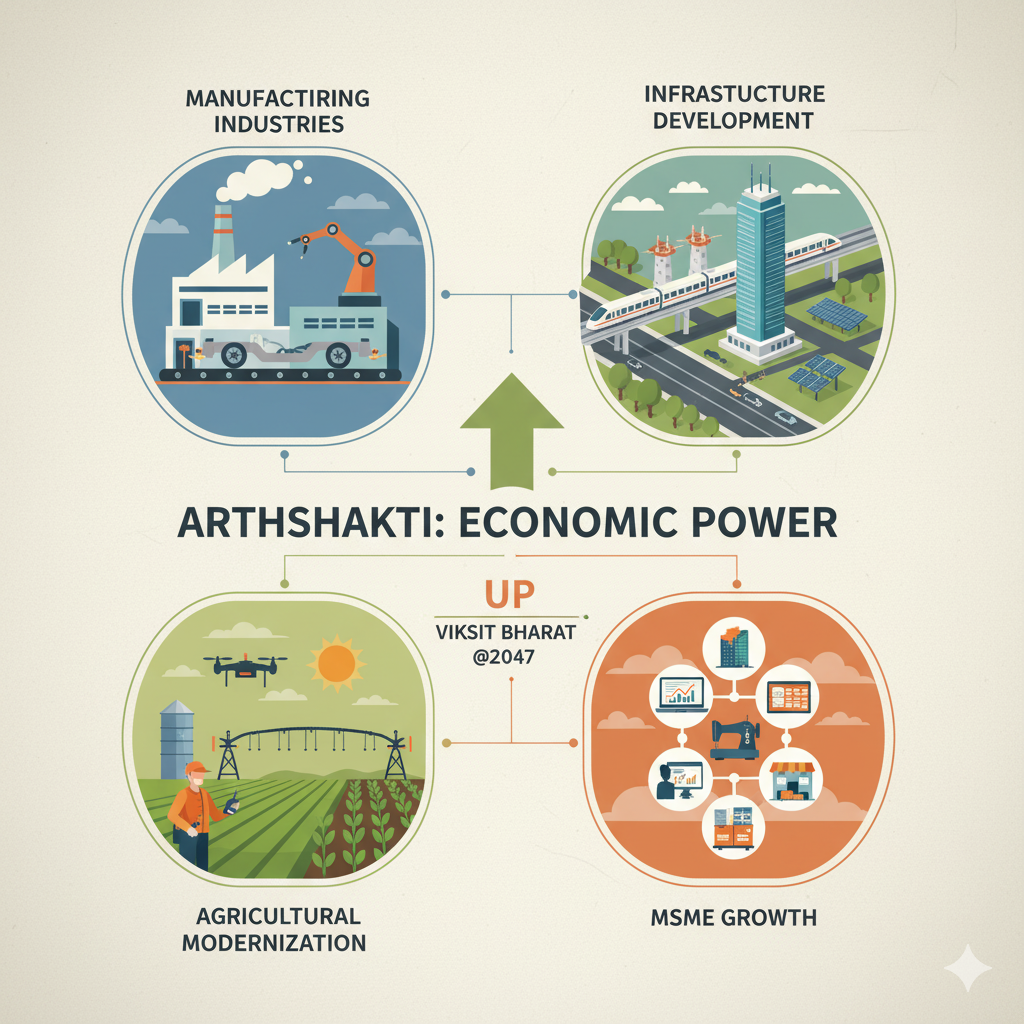





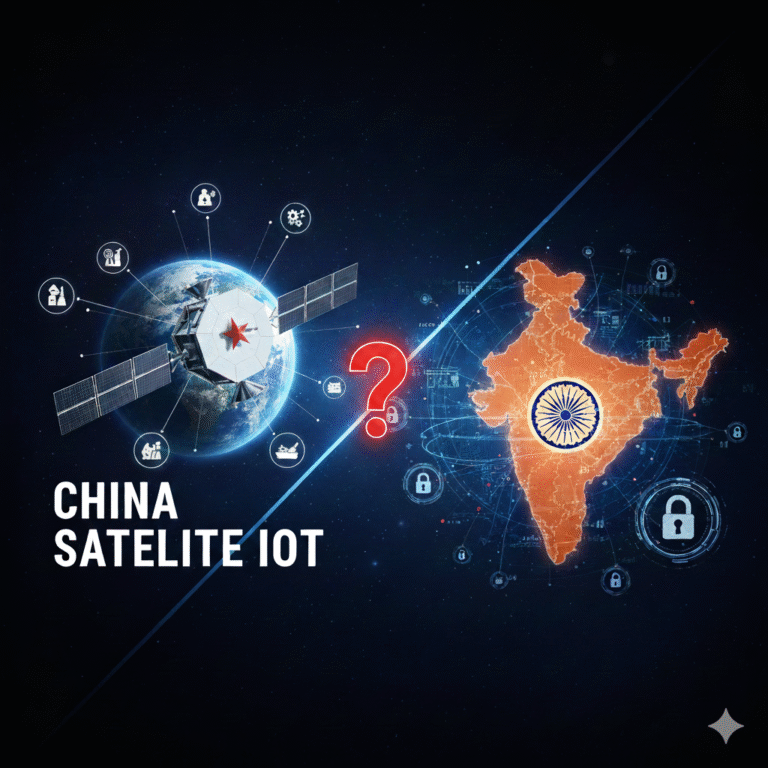
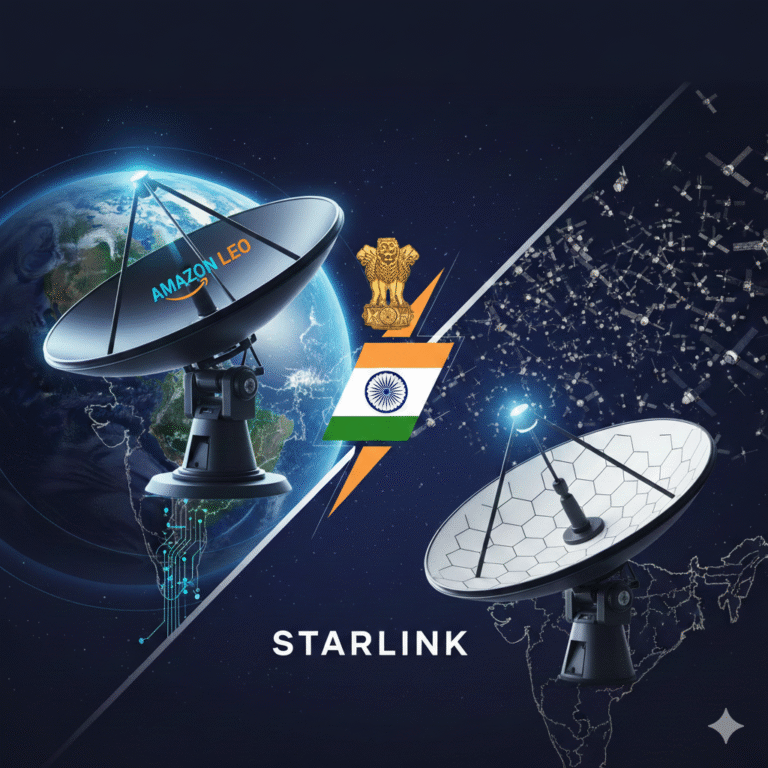

+ There are no comments
Add yours